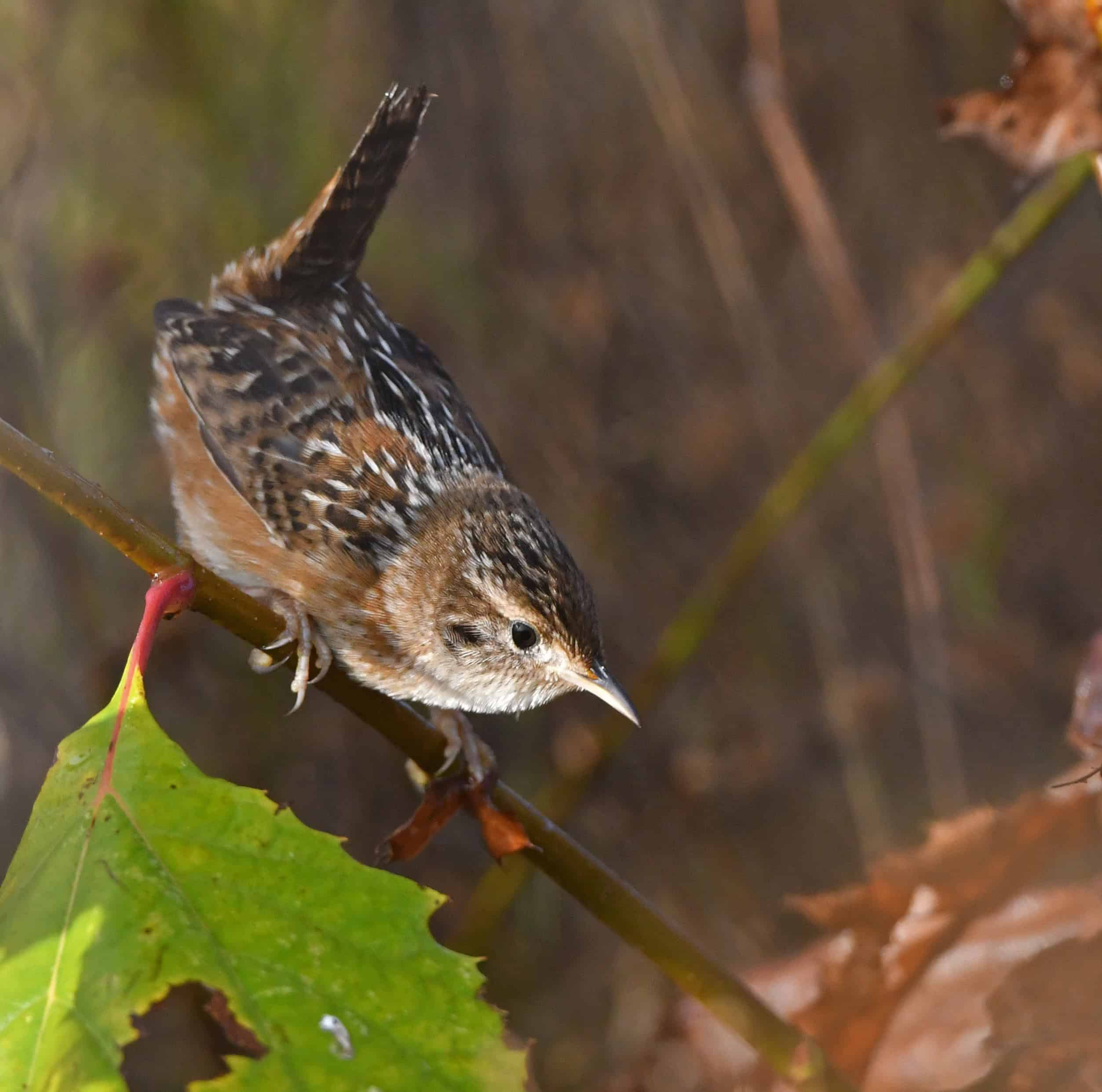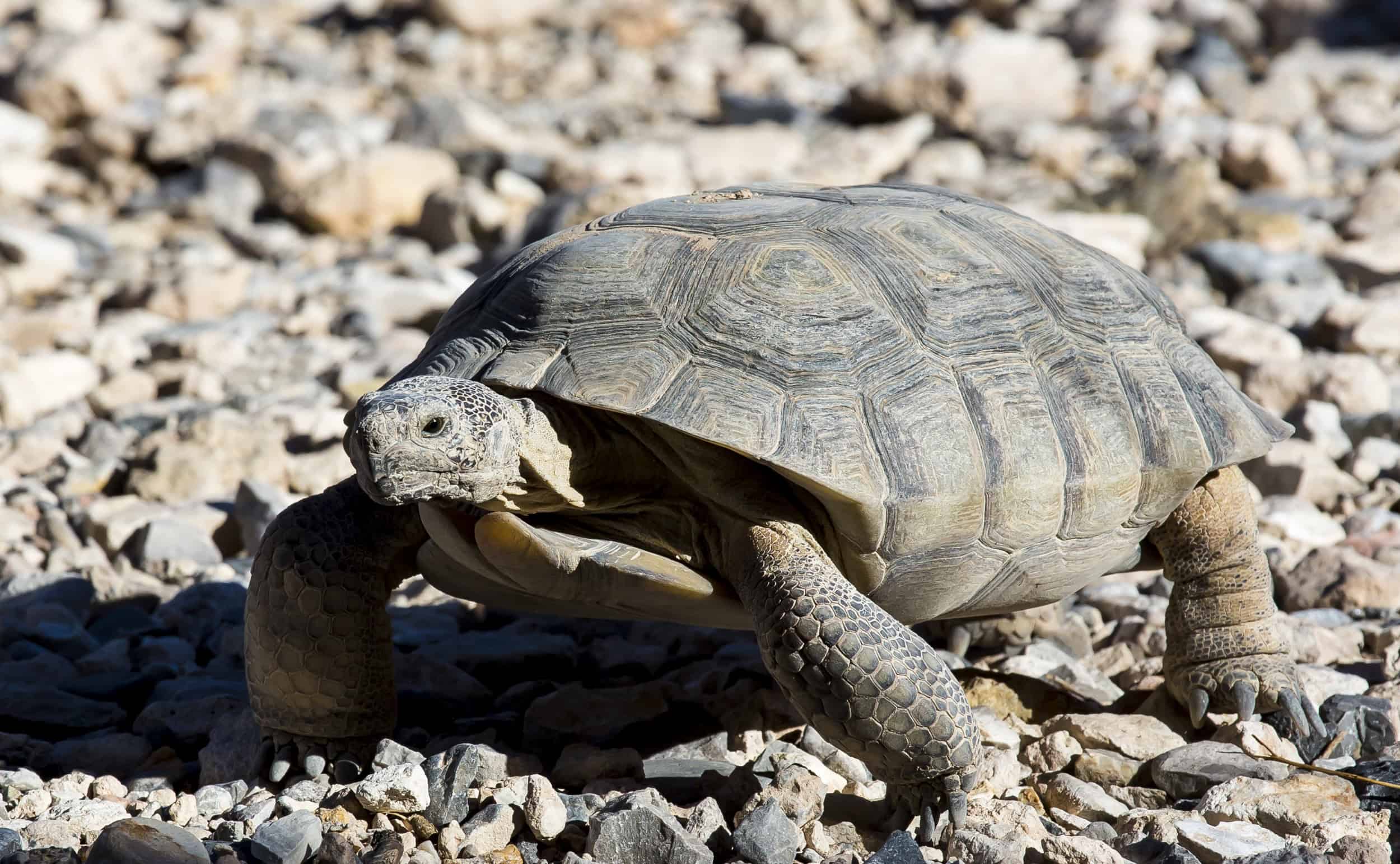Share this article
JWM study: Sterilization reduces foaling rates of feral horses
Researchers found using a combination of spaying and vasectomies can be an important management measure for reducing the number of feral horses that are causing widespread damage to habitats and native wildlife in western states.
The study published in the Journal of Wildlife Management suggests a way to lessen some of the public controversy about removing feral horses from public lands.
Lead author Gail H. Collins implemented three different measures from 2008 to 2014 to manage the population of over 1,800 feral horses in Sheldon National Wildlife Refuge in Nevada. She said that horse populations have high growth rates and the ability to double in size every four years.
“We didn’t want the population to be doubled by the time we had the resources to remove them,” said Collins, a TWS member.
She and her colleagues removed 10 to 20 percent of the population each year and sent them to contractors for private adoption. They spayed 114 of the remaining mares and performed vasectomies on 268 stallions. Collins said the combination of permanently sterilizing females and males was successful in decreasing the foaling rate from over 20 percent a year to less than 4 percent. “It was a pretty immediate success,” she said. “And we didn’t have to treat all of the males or all of the females, only a little more than a third of the total population.”
National Wildlife Refuges have a “Wildlife First” mission, and managers found that the horses were incompatible with the purposes established for Sheldon National Wildlife Refuge due to impacts on habitats and native wildlife. As a result, the population in the refuge was removed in 2013 and 2014. Collins said she hopes managers elsewhere would learn from the refuge’s success and consider using permanent sterilization to control horse numbers.
“I would argue that this is one way of reducing the number of horses in the long-term and getting down to the management goals set for them,” Collins said. “I think this is just one of several techniques that agencies are looking at and one that managers can explore.”
TWS members can log into the member portal to read this paper in the February issue of The Journal of Wildlife Management. Go to “Publications” and then The Journal of Wildlife Management.
Header Image: An aerial view of feral horses in Sheldon National Wildlife Refuge. ©Gail H. Collins/USFWS








